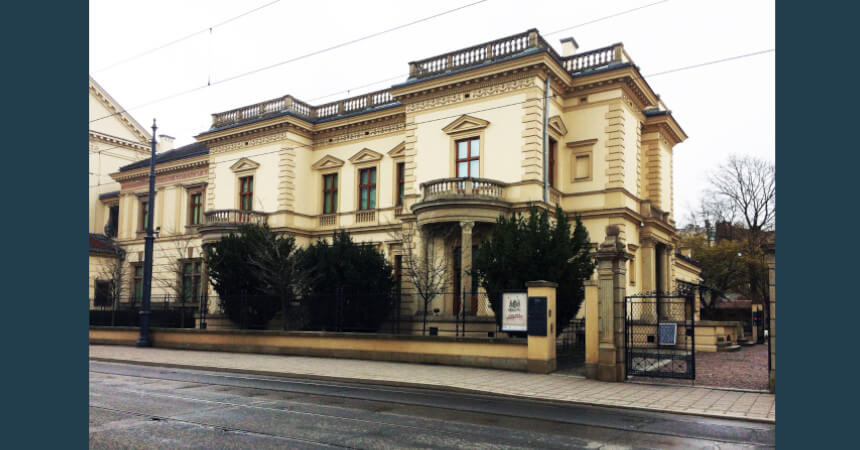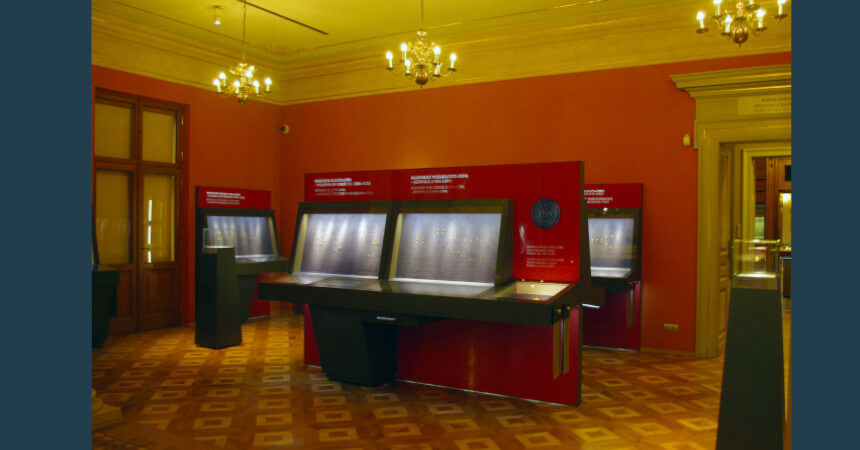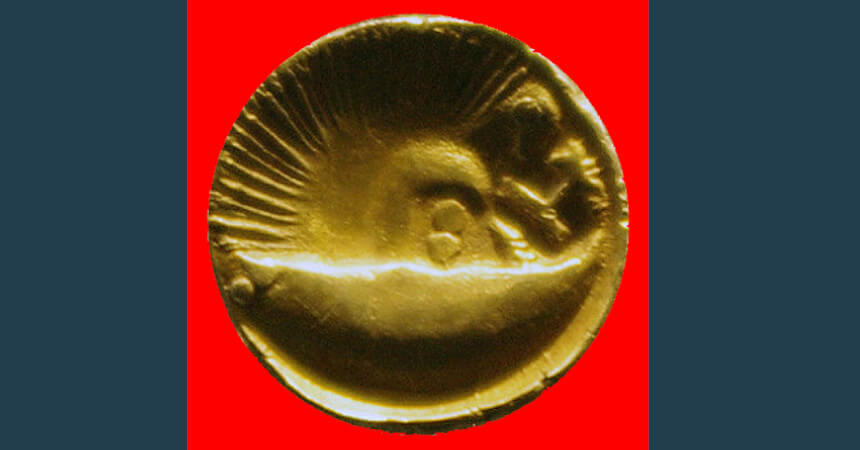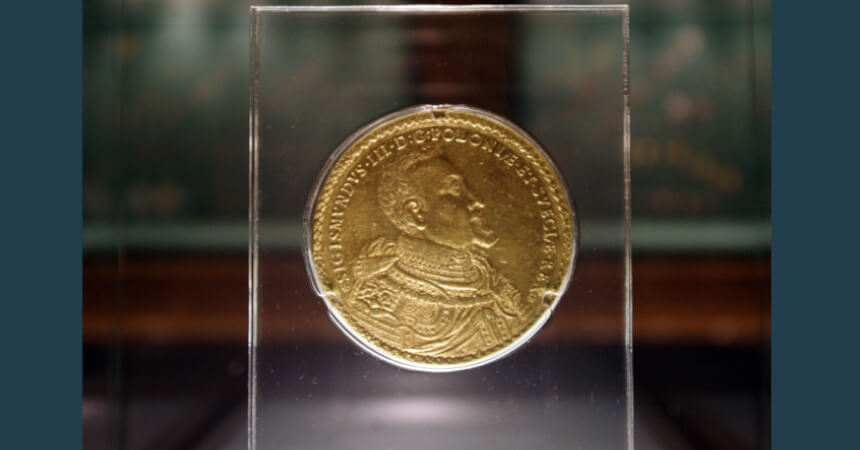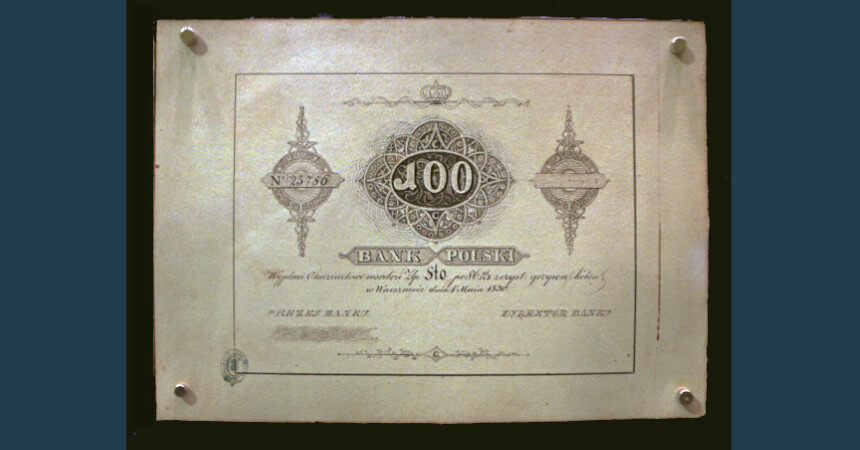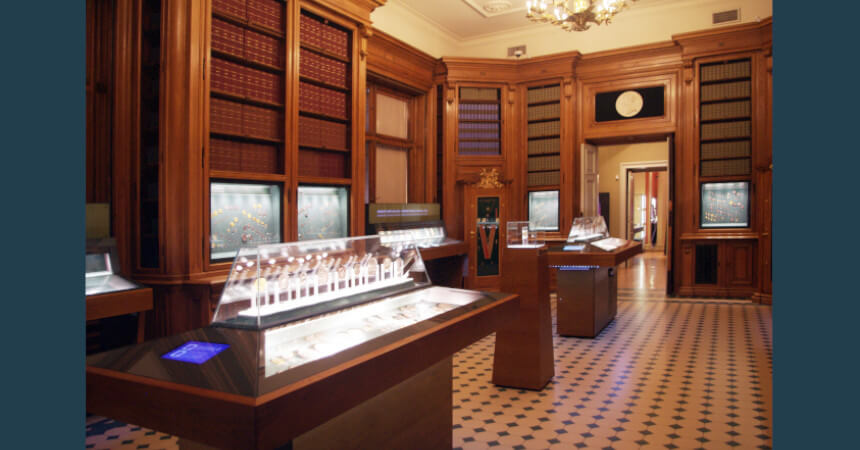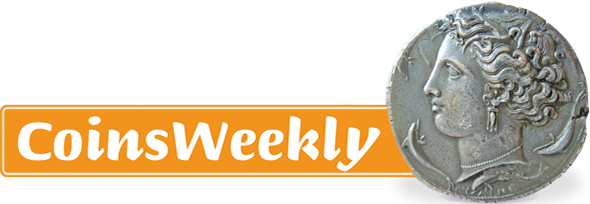Emeryk Hutten-Czapski Museum – Kraków
Wenn es kein Logo gibt, wird diese Spalte einfach leer gelassen. Das Bild oben bitte löschen.
(Dieser Text wird nicht dargestellt.)
Opening hours:
Tuesday: 10 a.m. to 6 p.m.
Wednesday to Sunday: 10 a.m. to 4 p.m.
The Emeryk Hutten-Czapski Museum is a branch of the National Museum in Kraków. The building was originally the palace home of Emeryk Hutten-Czapski (1828-1896), a Polish Count, bibliophile, and numismatist – he was preeminent collector of all documents related to Poland’s past. With his collection of 11,000 coins, books, and maps, Czapski established in 1883 a private museum in his home, which was enlarged to accommodate his collection.
Closure during the Two World Wars
Although the city’s National Museum had chartered a numismatic museum branch as early as 1879, it was not until 1903 after Czapski’s death that his widow donated his collection to the National Museum through the city of Kraków. Wars twice forced closing of the museum, safeguarding its collection – first from 1914 to 1917; the second from 1939 to 2013 after restoration was needed to create a world-class institution. Over time, many benefactors and numismatists had greatly enhanced the museum’s collection. Today, the museum has more than 109,000 items – the world’s foremost collection of Polish coins and hoards, bank notes, medals, religious medallions, maps, and a library of about 3,000 books.
On two floors, well-curated exhibits with touch screens throughout provide the visitor with information in both Polish and English. The ground floor galleries begin in the original palace’s parlor featuring ancient Greek Empire, Roman Republic, Imperial Roman, Byzantine, and Celtic coins. In addition, coins of Geto-Dacian origin, those minted by central-European barbaric tribes living during the Roman Empire in what is now modern-day Poland, and coins that have been unearthed in Poland are also on display. One highlight is a rare gold muschel stater (ca. 60-40 B.C.) from the Celtic Boii tribe which was discovered in Kraków in 1935. It is one of the earliest coins minted on Polish territory.
Medieval Polish Coins
Many coins featured cover the two major dynastic periods of medieval Poland: Piast (c. 960-1385) and Jagiellonian (1385-1572). The Piast dynasty represents the start of Poland’s numismatic history. Bolesław I the Brave (r. 1025) as Poland’s first king, minted Poland’s first coin – the rare GNEZDVN CIVITAS denarius. Another highlight of the Piast dynasty is the gold florin (c. 1330-1333) of Władysław I the Elbow-high (r. 1320-1333).
Numismatic Cabinet
The ground floor’s Numismatic Cabinet hall, displays Polish coins from the 16th through the 18th centuries, beginning with coins of Sigismund I the Old (r. 1506-1548) based on the Polish złoty tied to the weight of gold. Coins are also included from nearly all of Poland’s subsequent monarchs up to those of Stanislaus II Augustus (r. 1764-1795). The room’s centerpiece is the 1621 crown hundred ducats with the head of Sigismund III Vasa (1587-1632). Weighing 348.3g of 0.986 gold and 69.4 mm in diameter, it is the largest and most expensive Polish coin ever minted. Safes from Vienna and Budapest are in two of the room’s corners, each hidden behind a paneled door, and covered with a display of orders and decorations, their ribbons, collars, breast stars, and sashes. This room also serves as a library with walls lined with book cabinets that reach the ceiling.
Second Floor Numismatics
A complete set of Poland’s first bank notes including those of the Duchy of Warsaw (1807-1815) are in the Kościuszko Hall. Coins from the 1794 Kościuszko Uprising, Duchy of Warsaw, and the Free City of Cracow are also included. Another gallery displays coins, bank notes, medals, and bonds from 1832 to 1939 in addition to those of the Free City of Danzig (Gdańsk) and other countries.
Visitor Information
The museum is at ul. Józefa Piłsudskiego 12 and is barrier free.
This text was written by Howard M. Berlin and published in 2014 in his book The Numismatourist.







